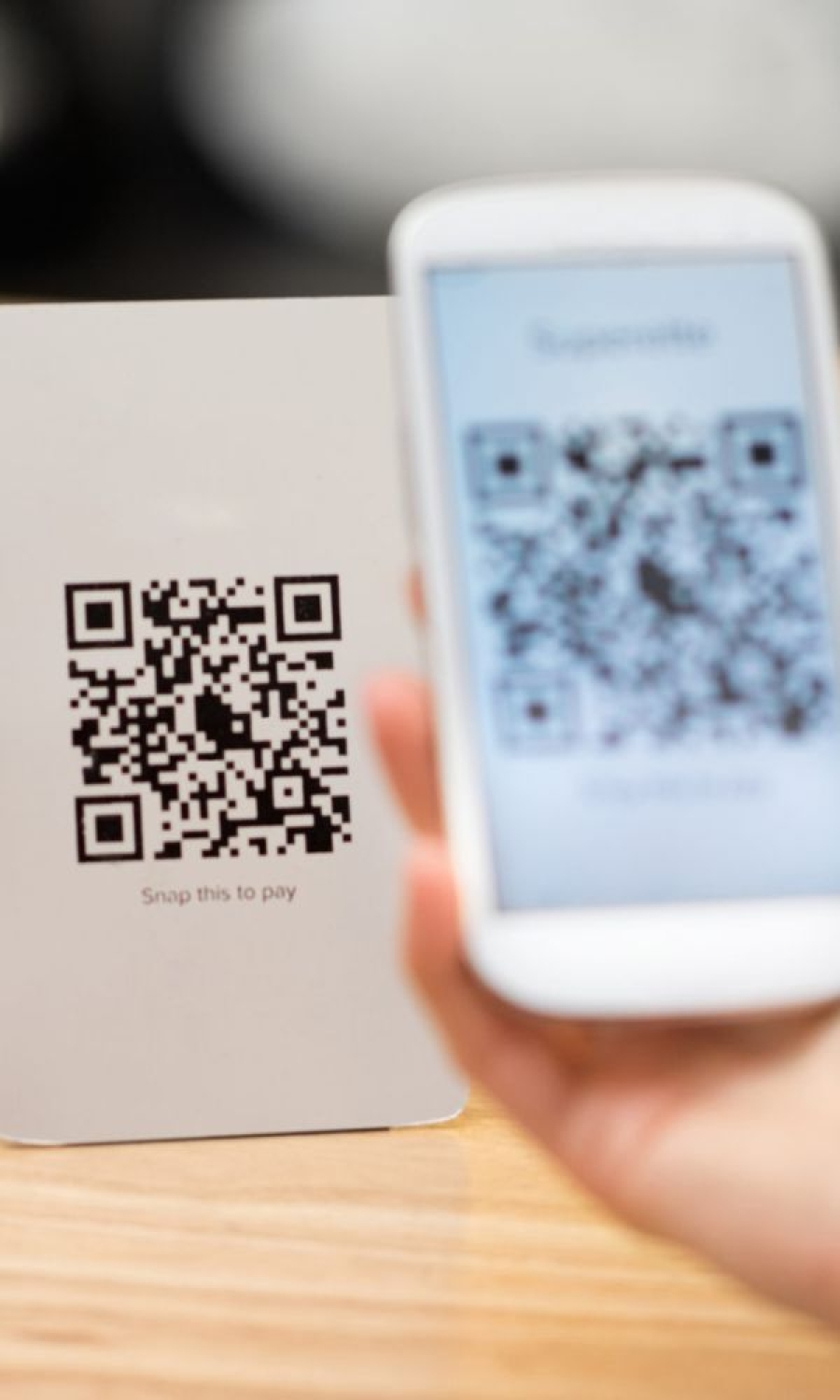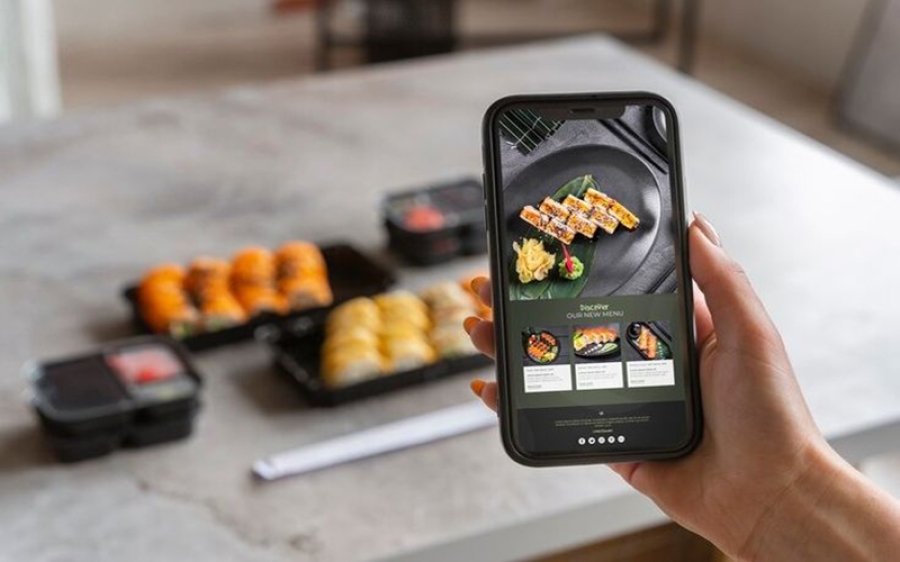Effective and Safe Methods for Implementing QR Codes
QR codes have become a ubiquitous part of our daily lives, offering a simple yet powerful way to bridge the physical and digital worlds. From product packaging to advertisements, and from ticketing systems to public notices, these two-dimensional barcodes are transforming the way we access information and interact with our surroundings.
The Versatility of QR Codes: An Overview
QR codes, or Quick Response codes, were originally developed for the automotive industry in Japan in the 1990s but have since expanded into almost every sector. They are capable of storing a variety of data types, including URLs, contact information, text, and more. When scanned with a smartphone or QR reader, they provide instant access to the encoded content.
The simplicity and versatility of QR codes make them an attractive option for many applications, from marketing campaigns to streamlining operations in official institutions. However, the widespread use of QR codes also comes with challenges, particularly in ensuring that they are used securely and effectively.
Key Applications of QR Codes
1. Marketing and Customer Engagement
One of the most common uses of QR codes is in marketing. Businesses use QR codes on flyers, product packaging, and advertisements to direct customers to websites, promotional offers, or social media profiles. The ease of scanning a code rather than typing in a URL enhances customer engagement and can lead to higher conversion rates.
2. Streamlining Operations in Official Institutions
In official institutions like government agencies, schools, and hospitals, QR codes can simplify administrative tasks and improve service delivery. For example, government offices can use QR codes on forms to direct citizens to online portals where they can submit information or access services. This reduces the need for in-person visits and speeds up the processing of requests.
Educational institutions can use QR codes to manage attendance, distribute educational materials, or facilitate access to online resources. In healthcare, QR codes can be used to streamline patient check-ins, provide access to medical records, or even verify prescriptions.
3. Facilitating Contactless Transactions
The COVID-19 pandemic has accelerated the adoption of contactless technologies, and QR codes have been at the forefront of this shift. Restaurants, retail stores, and service providers have increasingly used QR codes to enable contactless payments, menu access, and service requests.
For example, a customer at a restaurant can scan a QR code on the table to view the menu, place an order, and pay the bill—all without interacting with a server or handling physical menus. This not only enhances convenience but also reduces the risk of virus transmission.
4. Enhancing Security and Authentication
QR codes can also be used for security purposes, such as identity verification and access control. For instance, secure QR codes can be integrated into employee ID badges or visitor passes to control access to restricted areas. When scanned, these codes can verify the identity of the individual and grant or deny access based on their credentials.
In the digital realm, QR codes are increasingly used in multi-factor authentication (MFA) systems. For example, a user might scan a QR code displayed on a website to verify their identity as part of the login process. This adds an extra layer of security, making it more difficult for unauthorized users to gain access to sensitive information.
5. Providing Access to Information in Public Spaces
QR codes are an effective way to provide access to information in public spaces where traditional signage or printed materials may be limited. Museums, parks, and tourist attractions, for example, can use QR codes to offer visitors additional information about exhibits, historical sites, or natural features.
These QR codes can link to web pages with detailed descriptions, audio guides, or even augmented reality (AR) experiences that enhance the visitor's experience. By using QR codes in this way, institutions can offer richer, more interactive experiences without cluttering physical spaces with excessive signage.
Ensuring Safe Use of QR Codes
While QR codes offer numerous benefits, their increasing use also presents potential security risks. Malicious actors can create fraudulent QR codes that, when scanned, direct users to phishing sites or download malware onto their devices. To mitigate these risks, it's important to follow best practices for the safe use of QR codes.
1. Verify the Source
Always ensure that the QR code you are scanning comes from a trusted source. In official communications, institutions should authenticate their QR codes by providing clear context or associating them with official logos and branding. Users should be cautious about scanning QR codes from unknown or unverified sources, especially in public places.
2. Use Secure QR Code Generators
When creating QR codes for official use, it's important to use reputable and secure QR code generators. These tools often offer encryption options and can help protect








